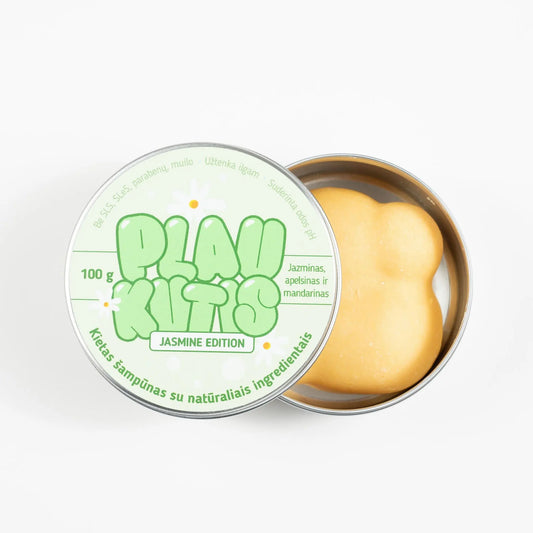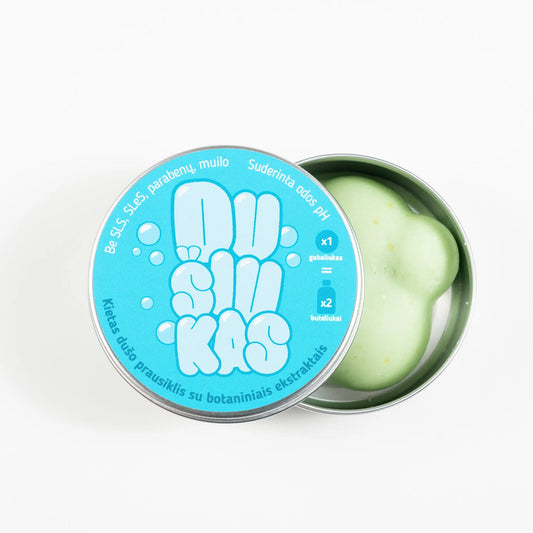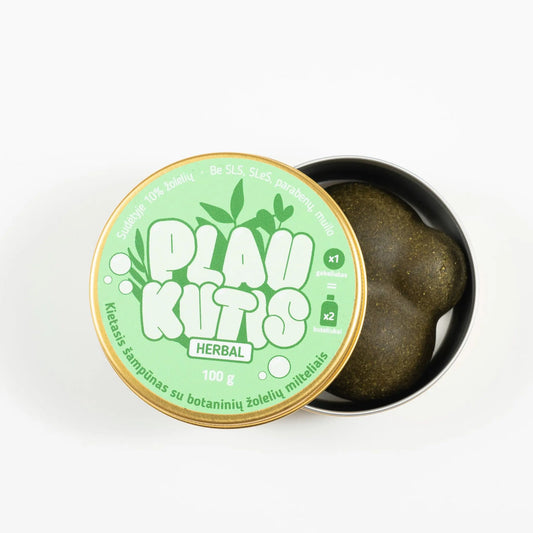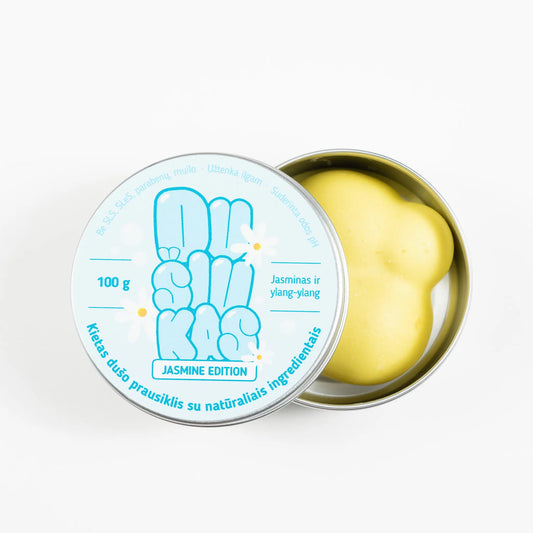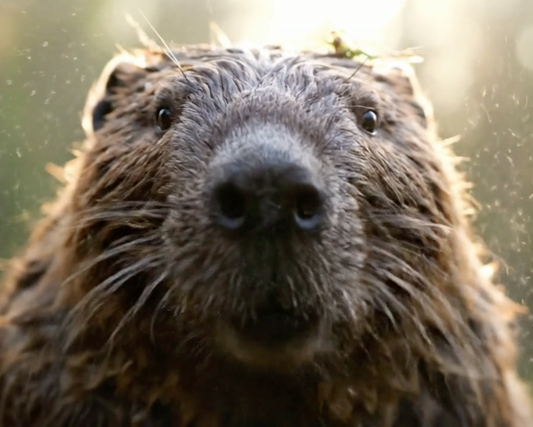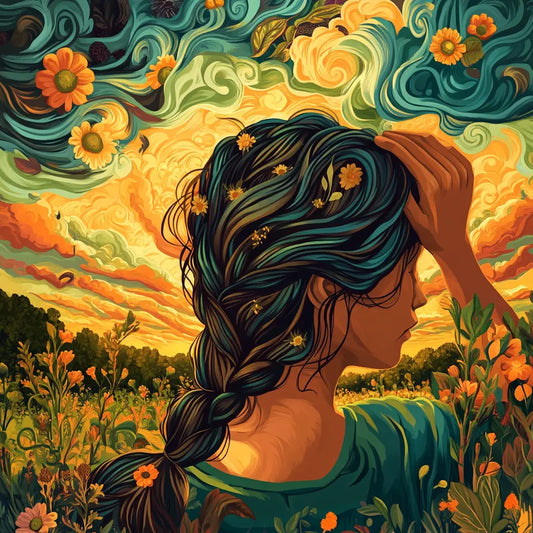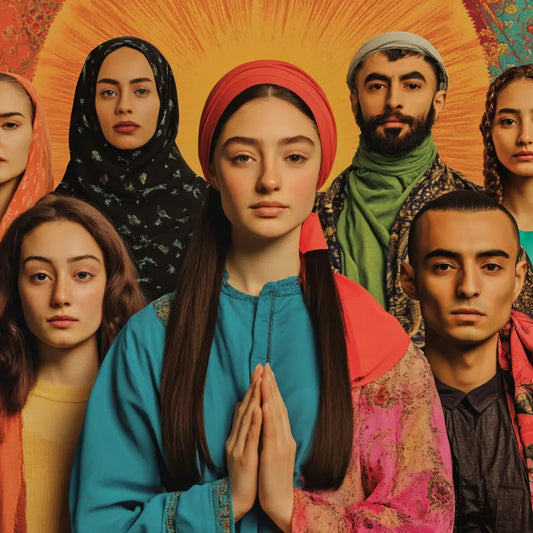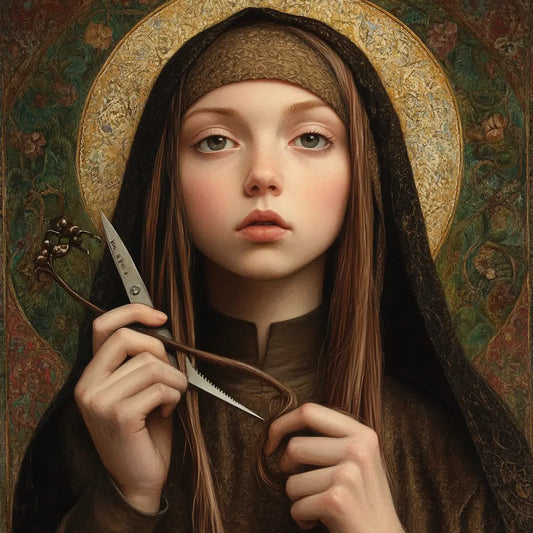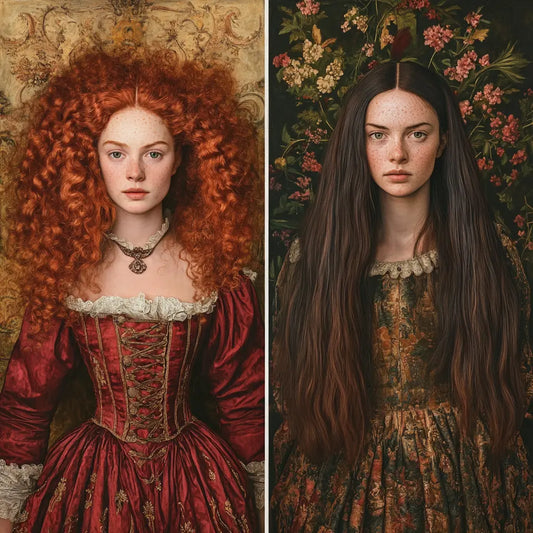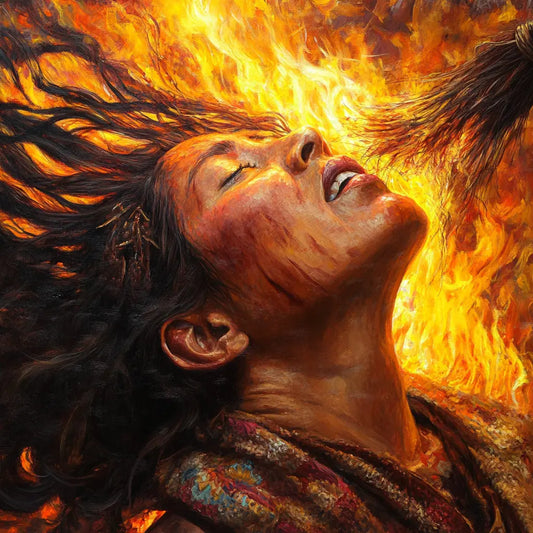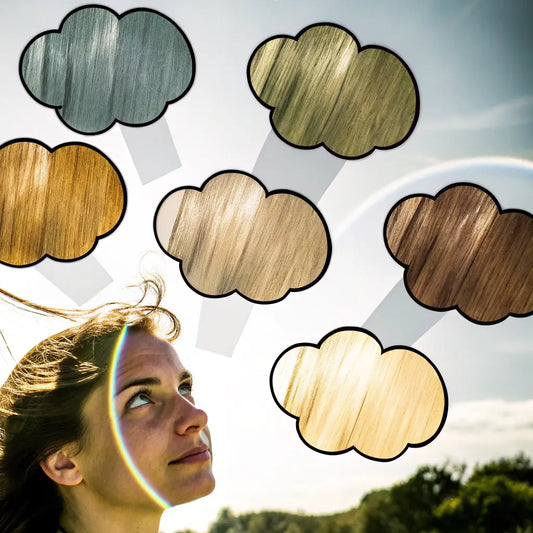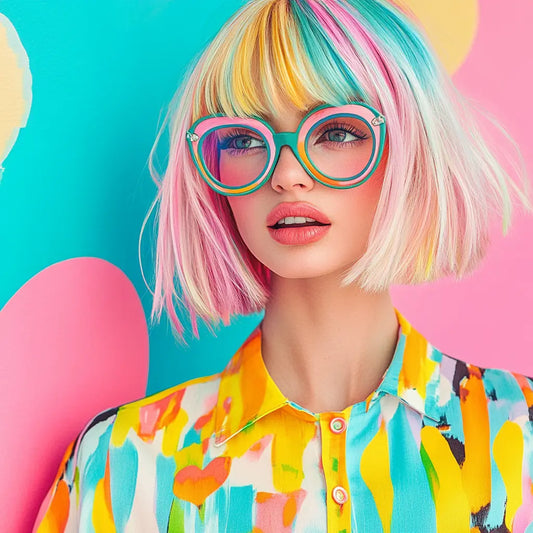Hair is a powerful expression of personality, culture, and individuality. Hair types vary greatly around the world, depending on ethnicity, geography, and even environmental factors. The diversity of hair textures, from tightly coiled curls to straight hair, reflects not only biological diversity but also cultural significance. However, this diversity has traditionally been underrepresented in mainstream media, where dominant beauty ideals, particularly those based on Eurocentric standards, have prevailed for decades.
The representation of hair diversity in the media plays a key role in shaping beauty norms. This influences how people, especially women, perceive their own beauty and worth. As the media landscape shifts towards greater inclusion, there is increasing attention being paid to fully celebrating global hair diversity.
Representation of hair types in the media
Western beauty standards and media influence
Historically, Western media has favored Eurocentric beauty ideals. Straight, smooth, and shiny hair has often been seen as the standard of beauty, a message reinforced in Hollywood films, fashion magazines, and global advertising campaigns. This image has left many women with textured or curly hair feeling pressured to conform through the use of straighteners, chemical straightening techniques, or wigs.

A study published in the Journal of Black Studies found that 70% of African-American women felt pressured to straighten their hair due to work demands, highlighting a deep-rooted prejudice against natural hair types. Furthermore, between 1950 and 2000, 90% of advertisements that featured women with curly or textured hair emphasized that this hair needed to be “manipulated” or “undermined.”
However, there is a positive shift in this narrative. Campaigns like Dove’s “True Beauty” and Pantene’s “Gold Series” have begun to challenge these outdated ideals, promoting a broader concept of beauty that encompasses a variety of hair types.
The changing portrayal of hair diversity in the media
The portrayal of hair diversity in the media has changed dramatically over the past two decades. The natural hair movement, particularly in the African and African-American communities, has led this cultural transformation. Celebrities like Lupita Nyong'o , Viola Davis , and Yara Shahidi have become natural beauty icons, boldly showing off their textured hair in public.
Social media has also played a major role in driving this shift. Platforms like Instagram and YouTube have become spaces where people from all over the world share their natural hair journeys. The YouTube natural hair community alone receives millions of views per month, with influencers like Naptural85 and CurlyProverbz offering advice and product reviews. In 2018, the global natural hair care industry was worth $2.5 billion , up from $684 million in 2012.

Challenges of full representation
Despite these positive developments, the full representation of all hair types in the media is still an unresolved issue. While we now see more images of curly and wavy textures, tightly coiled and thick hair types are still underrepresented. A 2020 study found that only 18% of global beauty campaigns feature women with natural Afro hair, suggesting that there is still a lot of work to be done.
Additionally, some brands still only portray diversity superficially – showing one model with textured hair among other models with straight hair, rather than truly representing the full beauty of hair diversity.

Cultural assimilation and hair
The boundary between assessment and appropriation
Cultural assimilation is defined as the appropriation of elements of one culture by members of another culture, often without proper understanding or respect. In the area of hair, this often manifests itself when non-Black individuals wear traditional Black hairstyles, such as braids, dreadlocks, or Afro styles, without understanding their cultural significance.
The cultural integration of black hairstyles is a long-standing issue. For example, when Kim Kardashian wore her hair in cornrows, she called it a Bo Derek braid, despite her African heritage. Meanwhile, black women who wear the same hairstyle often face discrimination at work or in public. The CROWN Act , passed in several US states, was specifically designed to combat hair discrimination based on natural hairstyles.
- Interesting Stat : A 2019 Dove report stated that Black women are 80% more likely to change their natural hair to fit societal norms or job requirements compared to white women.

The role of the media in assimilation
The media has often contributed to the normalization of cultural assimilation. Fashion magazines and catwalks have been criticized for showing non-black models with braids or dreadlocks without acknowledging the cultural significance of these hairstyles. Meanwhile, black people who wear these hairstyles in everyday life often face prejudice.
High-profile celebrities have also sparked public debate over cultural appropriation. For example, when fashion designer Marc Jacobs featured white models with colored dreadlocks in his 2016 show, it sparked widespread controversy. Critics pointed out that at a time when black people were being criticized for their natural hairstyles, these hairstyles were being judged without due recognition.

Consequences of appropriation and efforts to address it
Cultural appropriation in the area of hair can have negative social and emotional consequences for marginalized communities. It often diminishes the cultural meaning of certain hairstyles, which have deep historical, spiritual, and social meanings.
On a positive note, some brands and media outlets are making efforts to combat appropriation. Awareness of authentic representation is growing, and educational campaigns like Matthew A. Cherry’s Hair Love , which won an Oscar in 2020 , are encouraging people to realize the importance of natural hair.
The importance of representing hair diversity
Why hair representation is important
Depicting a variety of hair types in the media not only enhances aesthetics, but also has a profound psychological impact. For Black women, especially young girls, seeing their natural hair portrayed on screen can be a powerful form of self-acceptance. Research has shown that positive portrayals of hair types in the media increase self-esteem and reduce feelings of marginalization.
Positive changes and future prospects
The beauty industry is slowly moving in a positive direction. Brands like SheaMoisture and Cantu have begun to make products specifically for textured hair, and their campaigns feature models with a variety of hair types. Celebrities like Zendaya and Solange Knowles are also openly showing off their natural hair, helping to normalize different hair textures.

Myth busting and interesting facts about hair diversity
-
Myth : Curly hair is always unmanageable.
Fact : With proper care, curly hair can be just as manageable as straight hair. - Fun fact : Hair grows at the same rate for all texture types—about 0.5 inches per month —but curl patterns can reduce its length, making it appear shorter.
-
Myth : Afro hair doesn't grow as long as straight hair.
Fact : Afro hair grows at the same rate as other hair types, but breakage and curl shrinkage can make it appear to be growing more slowly. - Interesting fact : The world's longest hair belongs to Xie Qiuping from China, measuring 5.62 meters !
-
Myth : Straight hair is healthier than textured hair.
Fact : All hair types can be healthy or damaged, depending on care practices, not texture.
Practical tips for embracing your natural hair
- Hydration is key : Textured hair tends to be drier, so use hydrating masks and leave-in conditioners.
- Use protective hairstyles : Braids, twists, and updos help prevent breakage and promote healthy growth.
- Avoid too much heat : Heat styling can damage curly and coiled hair, so opt for natural drying or a low heat setting.
- Embrace curl shrinkage : Curly and kinky hair often shrinks as it dries, but this is a natural characteristic of the texture.
- Find a hair care regimen that works for you : Not all products are suitable for all hair types, so experiment until you find what works best for your hair.
Frequently Asked Questions (FAQ)
-
How has the portrayal of hair diversity in the media improved?
Now, the media is showing more different hair textures, from curly to kinky. -
What is cultural appropriation in the context of hair?
It is a process where certain hairstyles are appropriated without acknowledging their cultural significance. -
How to protect your natural hair in a dry climate?
Use moisturizing products and protective hairstyles to maintain moisture in dry climates. -
Why is it important to portray hair diversity for young girls?
This helps them feel beautiful and proud of their natural hair, increasing their self-confidence. -
What role does social media play in promoting hair diversity?
Social media gives a voice to underrepresented communities, allowing them to share their hair stories and celebrate natural texture.
Conclusion
The journey towards full representation of global hair diversity in media is not over yet, but significant progress is being made. From challenging old beauty norms to celebrating natural hair in all its forms, media plays a vital role in building self-esteem and promoting inclusion. If we continue to push for authentic hair portrayals, we can create a world where every hair type is valued for its uniqueness.
